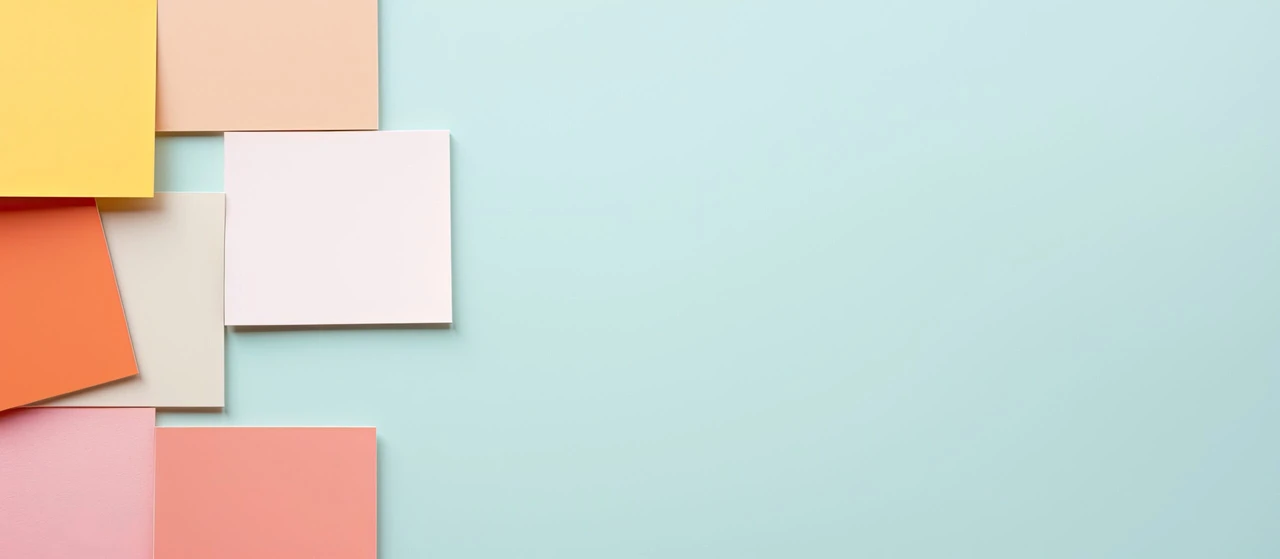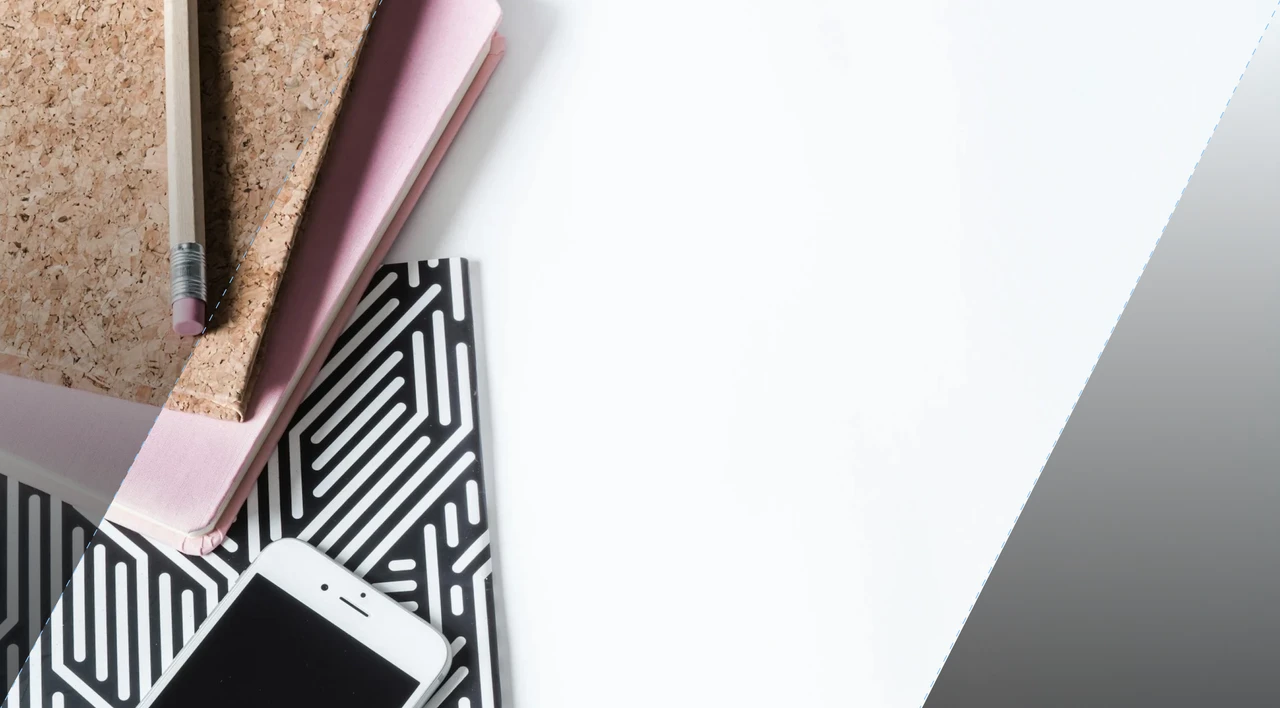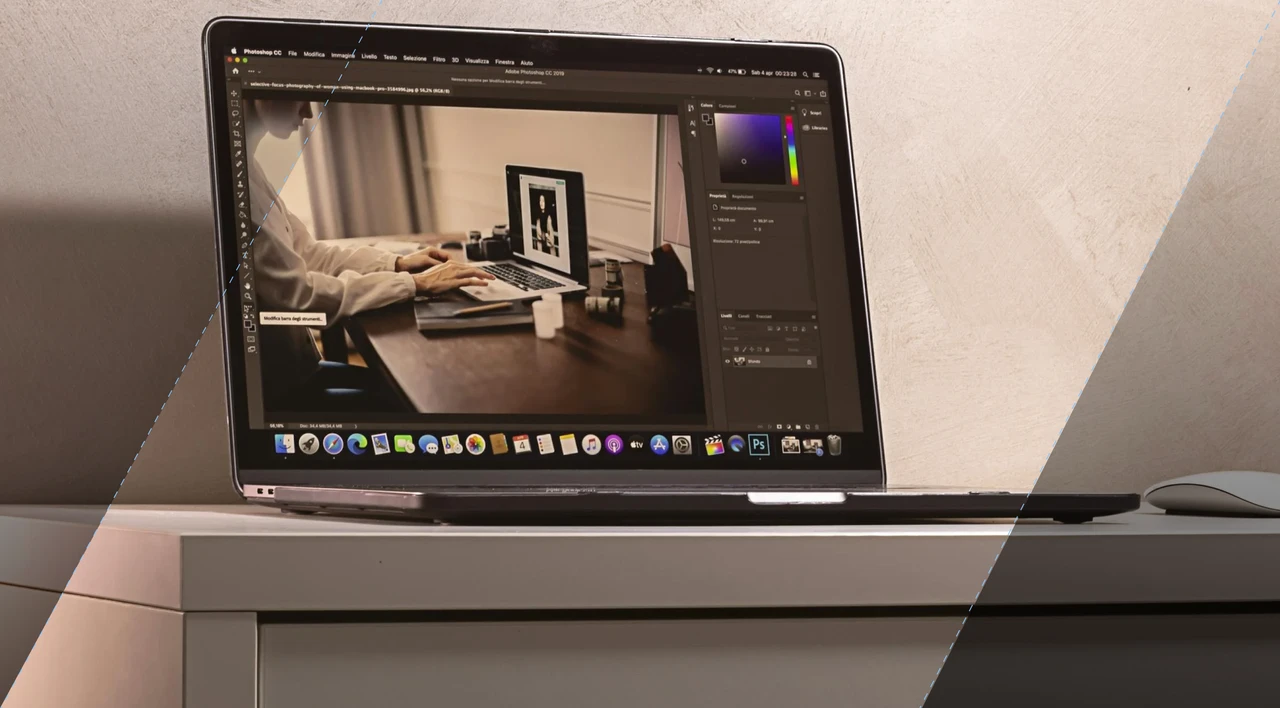SHARE
Soft Color Palettes for Website Design

Contents
Contents
Software development companies allocate 20% of their total budget to UX design, recognizing the critical role that user experience plays in the success of their products and services. When it comes to website design, one crucial aspect of UX is the color palette chosen. The colors used on a website can significantly impact user perception, emotions, and behavior.
In this article, we’ll explore the psychology behind soft colors in web design and how they can enhance your website’s UX. We’ll also discuss the process of creating a soft color palette that harmonizes with your brand and creates a visually appealing design.
Key Takeaways:
- Soft colors have a psychological impact on users and can influence their emotions and perception.
- Understanding the meaning and symbolism of different colors is essential for selecting the right soft color palette.
- Creating a soft color palette involves careful selection and combination of colors to create a visually pleasing design.
- The 60-30-10 rule can guide the creation of a well-balanced color palette.
The Psychology of Soft Colors in Web Design
Soft colors have a profound psychological impact on users. 93% of consumers reported focusing on visual appearance when buying a product, demonstrating just how color can greatly influence perceptions and emotions. Each color carries its own meaning and symbolism, and when used effectively, can create the desired ambiance and convey specific messages.
For example, blue is often associated with feelings of calmness, trust, and reliability, making it an ideal choice for websites that prioritize a soothing and serene user experience. It is the preferred website color for 46% of consumers.
Green is the second most popular website color (30%). The color is connected to nature, growth, and harmony, creating a sense of balance and tranquility. Pink is often associated with femininity, romance, and tenderness, making it suitable for websites in industries like fashion, beauty, and lifestyle.
Understanding the psychological effects of each color can guide your selection process and help you create a soft color palette that evokes the desired emotions and aligns with your website’s purpose.
Exploring Soft Color Palettes
When designing a website, one of the most crucial decisions is selecting the color palette. Soft colors can have a profound impact on the user experience, influencing emotions and perceptions. In this section, we’ll delve into specific soft color palettes and their unique characteristics.
Soft Summer Colors
Soft summer colors bring to mind the calm and peaceful feeling of a warm summer day. They’re like the gentle colors you see in delicate flowers, soft sunsets, and clear skies. Think of soft pinks (#F4CCCC), lavenders (#EAD1DC), and muted blues (#C9DAF8) – they’re soothing and gentle on the eyes.
These colors create a relaxed atmosphere, making them perfect for websites about wellness, hospitality, or leisure activities. Imagine a website for a spa, a cozy bed and breakfast, or a travel agency offering dreamy vacation packages.
Soft summer colors also remind us of happy times spent in the sun, like playing outside or taking a stroll in the park. They give a sense of comfort and happiness, making visitors feel welcome and at ease.
By using soft summer colors in web design, businesses can create a website that feels like a warm summer day – inviting, peaceful, and unforgettable.
Soft Autumn Colors
Soft autumn colors bring to mind the rich hues of falling leaves and the warmth of cozy evenings. These colors typically include earthy tones like muted oranges (#E19D71), warm browns (#A97B5B), and deep yellows (#D4AF37). Soft autumn palettes convey a sense of comfort and stability, making them well-suited for websites in industries such as home decor, food and beverage, or outdoor recreation.
Soft Gray Colors
Soft gray colors offer a sophisticated and timeless aesthetic, providing a neutral backdrop that enhances other design elements. These colors range from light dove gray (#D3D3D3) to deeper charcoal tones (#555555). Soft gray palettes exude elegance and professionalism, making them perfect for websites in industries like finance, technology, or legal services.
Soft Blue Colors
Soft blue colors evoke feelings of calmness, trust, and reliability, making them a popular choice for website design. These colors can range from pale sky blues (#87CEEB) to deeper shades like slate or teal (#4682B4). Soft blue palettes create a soothing and serene user experience, making them suitable for a wide range of industries, including healthcare, education, and environmental conservation.
Soft Green Colors
Soft green colors are reminiscent of nature’s beauty and vitality, symbolizing growth, harmony, and balance. These colors include muted greens such as sage (#9DC183), mint (#BDFCC9), and olive (#808000). Soft green palettes create a sense of freshness and renewal, making them ideal for websites related to sustainability, agriculture, or outdoor activities.
Benefits of Using a Soft Color Scheme in Web Design
Soft colors in web design offer several benefits:
- Enhanced User Experience: Soft colors create a calming atmosphere, making it more pleasant for users to navigate the website and interact with its content.
- Improved Readability: Soft colors provide a subtle background that enhances text readability, reducing eye strain and making it easier for users to consume information.
- Accessibility: Soft colors can improve accessibility for users with visual impairments by providing sufficient contrast with text and other elements on the website.
- Brand Perception: Soft colors can convey a sense of elegance, sophistication, and professionalism, enhancing the perception of the brand and its products or services. According to a study, 83% of managers admit that color contributes to their brand’s success.
- Cross-Platform Consistency: Soft colors tend to render well across different devices and screen sizes, ensuring a consistent and cohesive user experience across desktops, tablets, and mobile devices.
- Positive User Associations: Soft colors are often associated with qualities such as trustworthiness, reliability, and professionalism, helping to build positive associations with the brand and its products or services.
Overall, incorporating soft colors into web design can contribute to a more enjoyable, engaging, and user-friendly experience for website visitors, ultimately leading to higher satisfaction, increased engagement, and improved brand perception.
Creating a Soft Color Palette for Your Website
When it comes to designing your website, creating a soft color palette is essential for achieving a visually pleasing and harmonious look. By carefully selecting and combining colors that complement each other, you can create a cohesive design that appeals to your visitors. To guide you in this process, the 60-30-10 rule can be a helpful guideline. This rule suggests allocating 60% of your palette to a main color, 30% to a complementary or analogous color, and 10% to an accent color.
Start by choosing a soft base color that sets the tone for your design, such as a gentle blue or a neutral gray. This color will make up the majority of your palette and provide a calming foundation. Next, select complementary or analogous colors that harmonize with the base color. These colors should create a sense of cohesion and balance. Experiment with different shades and intensities to find the right balance between softness and contrast.
When creating your soft color palette, it’s important to consider your brand identity and industry norms. Your color choices should align with your brand image and resonate with your target audience. Keep in mind that colors have the power to evoke emotions and influence user perception, so choose wisely.
Conclusion
Soft color palettes play a crucial role in enhancing the user experience and overall success of websites. As software development companies allocate a significant portion of their budget to UX design, it’s evident that prioritizing color psychology and creating visually appealing designs are key strategies for engaging users and driving business growth.
By understanding the psychology behind soft colors, carefully selecting a harmonious color palette, and considering brand identity and industry norms, website designers can create immersive experiences that resonate with users and foster positive associations with the brand. From enhancing readability and accessibility to evoking specific emotions and perceptions, the benefits of using soft colors in web design are vast and impactful.
If you’re looking for help with your website design and leveraging the perfect soft color palette for your business, read more about Flatirons’ UX design services.
Frequently Asked Questions
Why is a well-thought-out color palette important for website design?
Having a carefully considered color palette is crucial because it enhances the visual appeal and user experience of your website. It can evoke specific emotions, create a soothing atmosphere, and influence user behavior.
How can soft colors impact user perception and emotions?
Soft colors have a profound psychological impact on users. Each color carries its own meaning and symbolism, and when used effectively, can create the desired ambiance and convey specific messages.
What soft colors are suitable for different industries?
Different soft colors are suitable for different industries. For example, blue is often associated with calmness and trust, making it ideal for websites focusing on a serene user experience. Pink is often associated with femininity and tenderness, making it suitable for fashion, beauty, and lifestyle-related websites.
How do I create a soft color palette for my website?
To create a soft color palette, start by selecting a base color like soft blue or neutral gray. Then, choose complementary or analogous colors that harmonize with the base color. Experiment with different shades and intensities to find the perfect balance between softness and contrast.
How can I ensure my soft color palette aligns with my brand and target audience?
Consider your brand identity and industry norms when selecting colors. Ensure your color choices resonate with your target audience and align with your brand image. It’s also essential to account for any cultural differences in color interpretations to make your color palette universally appealing.
UI/UX Design Services
UI/UX design services tailored for your unique needs.
Get the CEO's Take
Handpicked tech insights and trends from our CEO.
UI/UX Design Services
UI/UX design services tailored for your unique needs.
Get the CEO's Take
Handpicked tech insights and trends from our CEO.

Digital Product Development: Enhance Your Business Offerings
Flatirons Development
Sep 12, 2025
Utilizing Critical Incident Technique for Qualitative Research in UX Design
Flatirons Development
Aug 03, 2025
Light Mode vs Dark Mode: Which One is Better for You?
Flatirons Development
Jan 04, 2025
Top UI/UX Design Companies in California for 2026
Flatirons Development
Nov 30, 2024
Learn the Essentials of Digital Product Design
Flatirons Development
Nov 26, 2024
Top UI/UX Design Companies in Colorado for 2026
Flatirons Development
Nov 12, 2024
Digital Product Development: Enhance Your Business Offerings
Flatirons Development
Sep 12, 2025
Utilizing Critical Incident Technique for Qualitative Research in UX Design
Flatirons Development
Aug 03, 2025
Light Mode vs Dark Mode: Which One is Better for You?
Flatirons Development
Jan 04, 2025
Digital Product Development: Enhance Your Business Offerings
Flatirons Development
Sep 12, 2025
Utilizing Critical Incident Technique for Qualitative Research in UX Design
Flatirons Development
Aug 03, 2025
Light Mode vs Dark Mode: Which One is Better for You?
Flatirons Development
Jan 04, 2025
Digital Product Development: Enhance Your Business Offerings
Flatirons Development
Sep 12, 2025
Utilizing Critical Incident Technique for Qualitative Research in UX Design
Flatirons Development
Aug 03, 2025
Light Mode vs Dark Mode: Which One is Better for You?
Flatirons Development
Jan 04, 2025